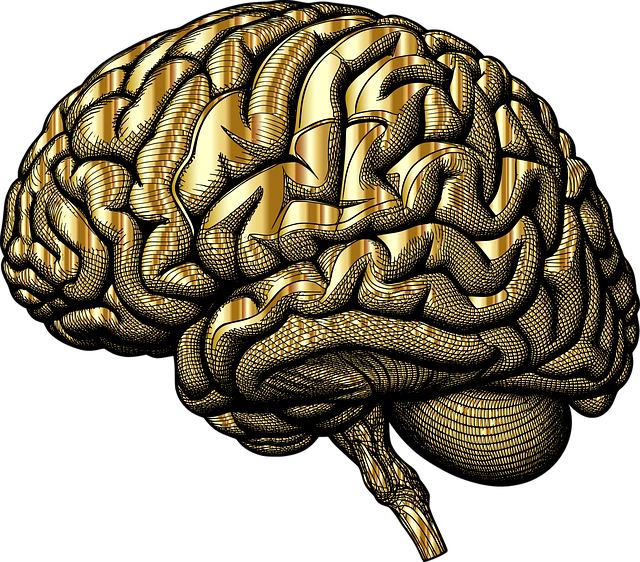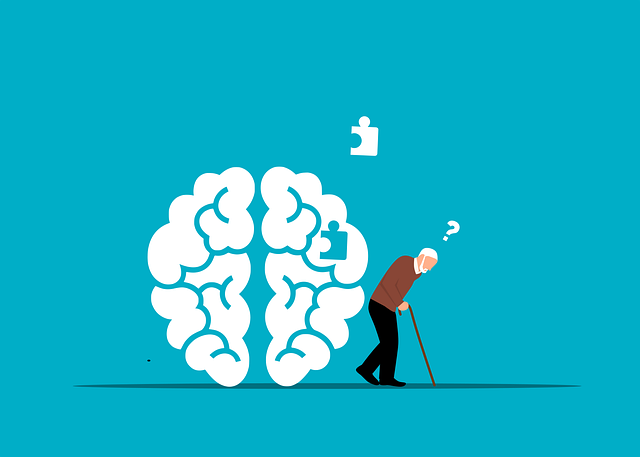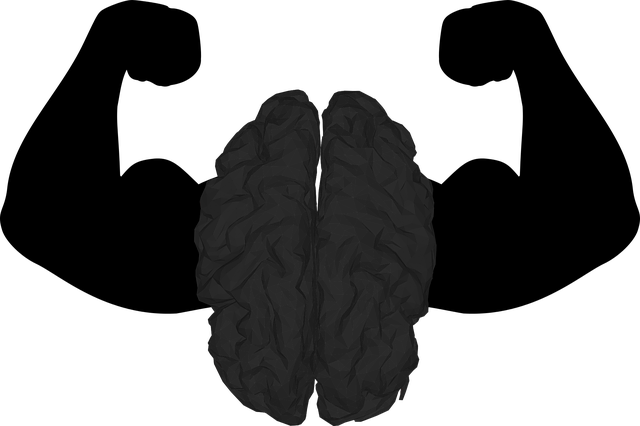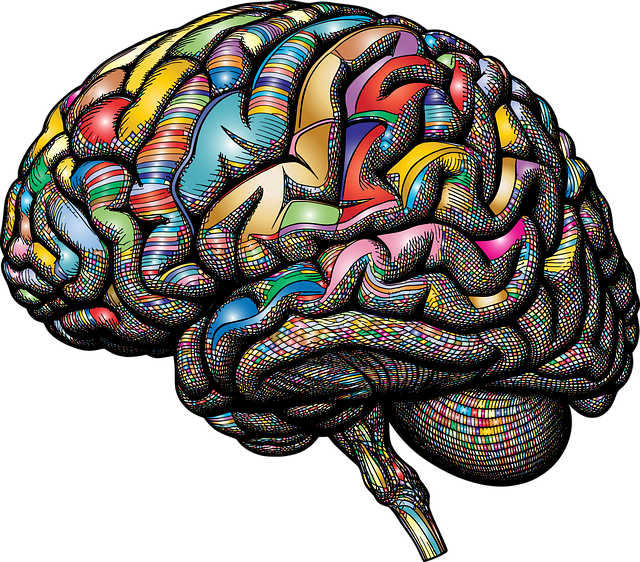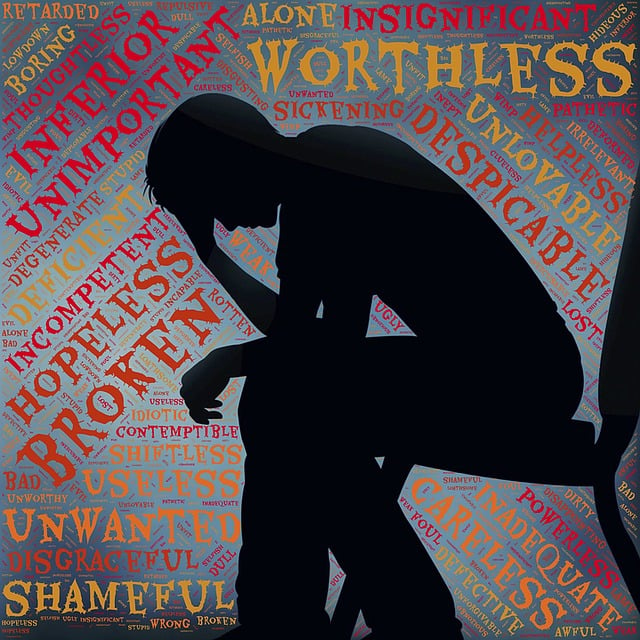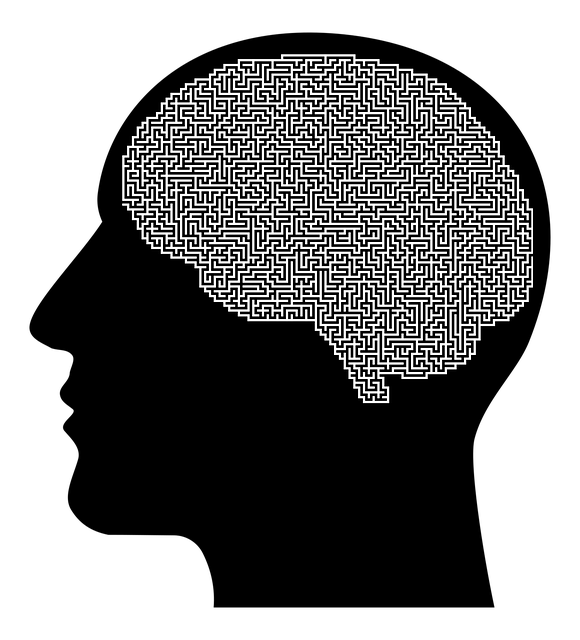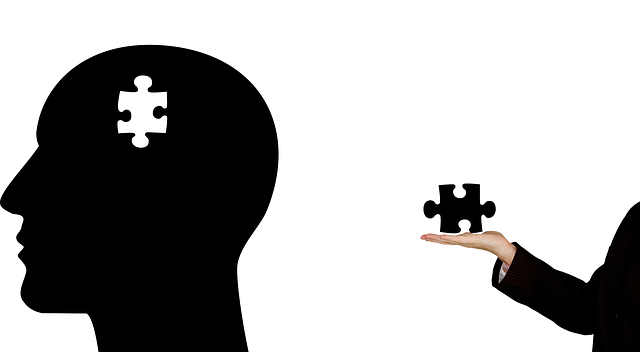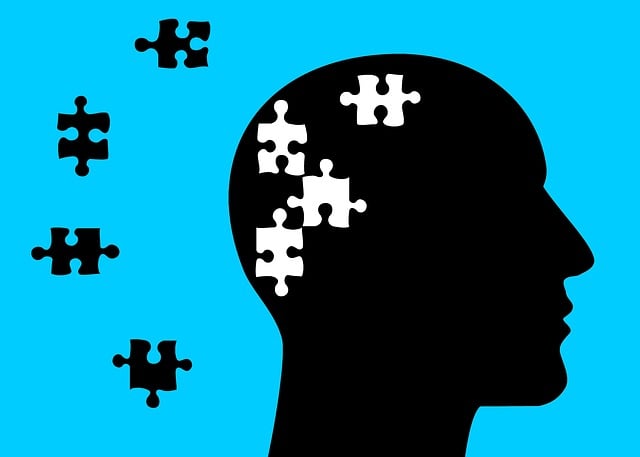The media's current portrayal of mental illness, especially conditions like Centennial Psychosis Therapy, relies on simplistic stereotypes that perpetuate stigma and hinder understanding. To combat this, there is a push for more authentic and nuanced depictions in media, emphasizing the importance of accurate Mental Health Awareness campaigns and collaboration with mental health professionals. By showcasing diverse characters, presenting therapeutic processes, and promoting empathy through sensitive portrayals, media can reduce stigma, encourage early intervention, and foster support for innovative therapies like Centennial Psychosis Therapy, ultimately aiding individuals on their recovery paths.
“In today’s media landscape, accurate representation of mental illness is more crucial than ever. This article delves into the current state of mental health portrayal, exploring how stereotypes and misinformation shape public perception. We introduce Centennial Psychosis Therapy as a revolutionary approach, offering a new paradigm for authentic depiction.
Furthermore, we discuss strategies to enhance diversity, accessibility, and authenticity in media, while highlighting the importance of collaboration between media outlets and mental health professionals. Let’s navigate these challenges together.”
- Understanding Mental Illness Representation in Media: The Current State
- The Impact of Stereotypes and Misinformation on Public Perception
- Centennial Psychosis Therapy: A New Paradigm for Accurate Portrayal
- Strategies for Enhancing Diversity, Accessibility, and Authenticity in Media
- Collaboration Between Media and Mental Health Professionals: Roads Ahead
Understanding Mental Illness Representation in Media: The Current State

The representation of mental illness in media has been a topic of increasing interest and importance in recent years, as the public’s understanding of these conditions plays a significant role in shaping societal perceptions. Currently, media portrayals often fall into stereotypes or exaggerated narratives, contributing to the stigmatization of mental health issues. This is particularly evident in popular culture, where characters with mental illnesses are frequently depicted as dangerous, unpredictable, or completely broken, failing to capture the complexity and diversity of real-life experiences. Such simplifications can deter individuals from seeking necessary support and perpetuate harmful misconceptions about various conditions, including Centennial Psychosis Therapy.
To address this challenge, there is a growing call for more authentic and nuanced representations in media. Promoting accurate Mental Health Awareness campaigns and encouraging the involvement of mental health professionals in content creation are essential steps towards Burnout Prevention for Healthcare Providers. By incorporating Burnout Prevention Strategies, media creators can ensure that their narratives not only educate viewers but also foster empathy and understanding. This shift in representation is crucial in reducing the stigma associated with mental illness, encouraging early intervention, and supporting individuals on their path to recovery through Centennial Psychosis Therapy or other specialized treatments.
The Impact of Stereotypes and Misinformation on Public Perception

The media’s portrayal of mental illness often perpetuates harmful stereotypes and misinformation, significantly influencing public perception. When individuals with psychological disorders are depicted in a negative light, it reinforces societal biases and contributes to stigma, making it challenging for those struggling to seek help. This representation can be particularly damaging, especially when it fails to reflect the diverse nature of mental health conditions. For instance, centennial psychosis therapy, while an innovative approach, may be misconstrued due to inaccurate media portrayal, hindering its acceptance and accessibility.
Stereotypical media images often simplify complex mental health issues, leading to a limited understanding among the public. This can result in misconceptions about symptoms, treatment effectiveness, and recovery timelines. For example, portraying anxiety as merely “nervousness” or depression as temporary sadness may discourage viewers from recognizing their own struggles or those of loved ones. A more nuanced narrative, emphasizing emotional healing processes and the potential for positive outcomes through therapy, such as centennial psychosis therapy, could foster a supportive environment and encourage open conversations about mental health.
Centennial Psychosis Therapy: A New Paradigm for Accurate Portrayal

Centennial Psychosis Therapy emerges as a revolutionary approach, offering a new paradigm for accurately depicting mental illness in media. This innovative treatment model challenges traditional stereotypes by focusing on holistic healing and individual experiences. Unlike simplistic portrayals, it recognizes that mental health conditions are complex, often intertwined with personal histories, cultural backgrounds, and societal influences. By adopting this therapy, the media can facilitate a more nuanced understanding of mental illness, moving away from sensationalized narratives towards empathetic and informative content.
The implementation of Centennial Psychosis Therapy encourages risk assessment for mental health professionals, ensuring they are equipped to handle diverse cases. It also emphasizes cultural sensitivity in mental healthcare practice, addressing the unique needs of various patient populations. Trauma support services play a pivotal role within this framework, as it acknowledges that many individuals struggle with complex trauma, which often underlies their mental health challenges. Through these integrated practices, media representation can become more accurate and supportive, fostering public awareness and reducing stigma associated with mental illness.
Strategies for Enhancing Diversity, Accessibility, and Authenticity in Media

In media representation, enhancing diversity, accessibility, and authenticity is paramount when addressing mental illness, especially conditions like Centennial Psychosis Therapy. This involves incorporating a wide range of narratives that reflect the multifaceted nature of mental health experiences. By showcasing characters with various demographic backgrounds, including diverse ethnicities, genders, and socio-economic statuses, media can challenge stereotypes and promote understanding. Furthermore, authentic portrayals of mental illnesses, their symptoms, and journeys towards recovery are crucial. This includes hiring writers and consultants who have personal or professional insights into these conditions to ensure accuracy and depth in storytelling.
Media platforms also play a vital role in Mental Illness Stigma Reduction Efforts by presenting characters undergoing therapy and engaging in Mood Management techniques. Representing the therapeutic process and the support systems available can demystify mental health treatment, encouraging viewers to seek help. Social Skills Training, when portrayed sensitively and effectively, can humanize individuals with mental illnesses, fostering empathy and breaking down barriers. These strategies collectively contribute to a more inclusive media landscape that educates audiences about mental health while challenging preconceived notions.
Collaboration Between Media and Mental Health Professionals: Roads Ahead

The collaboration between media entities and mental health professionals is a pivotal step in challenging stigmatized representations of mental illness. By joining forces, these partners can collectively promote accurate and empathetic portrayals on screen and in popular culture. Media outlets have the power to shape public perception, and when coupled with expertise from therapists, counselors, and psychiatrists, they can facilitate meaningful conversations about mental health. This collaboration should aim to educate both creators and audiences, ensuring that stories involving psychological disorders are handled with sensitivity and nuance.
For instance, professionals can provide consultation on specific conditions, like Centennial Psychosis Therapy, to ensure accurate depiction. They can also offer insights into the emotional healing processes and self-care practices that individuals engage in during their journeys. Encouraging media creators to incorporate these elements authentically will foster a more supportive environment for viewers who may be struggling with similar issues. Such initiatives have the potential to revolutionize how mental illness is portrayed, making it easier for audiences to recognize and understand their own experiences or those of loved ones, ultimately contributing to improved self-care routine development for better mental health.
The media plays a pivotal role in shaping public perception of mental illness, and accurate representation is essential for fostering understanding and reducing stigma. While current portrayals often perpetuate stereotypes and misinformation, there is a growing movement towards more authentic narratives. Centennial Psychosis Therapy offers a promising new paradigm, emphasizing the complexity and variability of mental health experiences. Moving forward, collaborative efforts between media professionals and mental health experts are crucial to implementing strategies that enhance diversity, accessibility, and authenticity. By embracing these changes, we can create a more inclusive media landscape that accurately represents individuals living with mental illness, ultimately challenging societal norms and promoting empathy.
